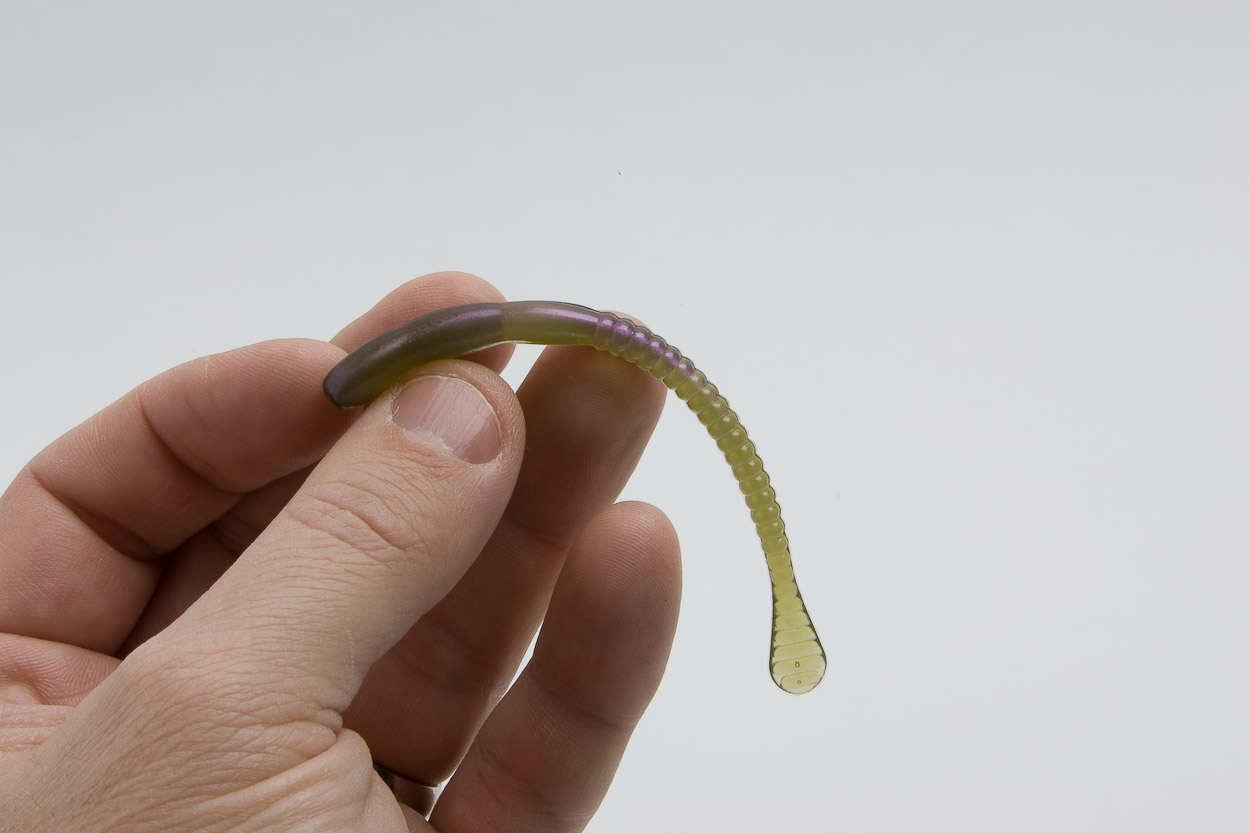
These can be really realistic if the red or dark brown is “ghost” with detail or can be bolder like a firehouse red or orange. Now when you are talking about reds and some oranges, these are crawfish colors. Use bold colors on reaction baits like jerkbaits as they get a bass’s attention and can help draw out that attack instinct from the school.īass don’t have hands so when they see these weirdly colored baits, they are curious but their best way of figuring out the weird bait is by using their mouths. More importantly, these colors can be used to incite strikes from bass. These bolder colors really can stand out in stained or muddy water and also on cloudy days. Many of these colors are not found in any natural bait but still draw bites.

I’m talking about oranges, chartreuses, whites, and pinks. Finesse fishing especially requires a natural look because bass have a ton of time to study a bait before biting. These realistic colors can catch a ton of bass, especially in clear water or when finesse fishing. Natural colors like greens, watermelon, and translucent ghost colors are prime examples of natural colors. Your goal is to present a colored bait that looks and moves just like the real thing. Realistic lures work best when you are trying to trick a fish into biting. Sexy shad, which looks pretty realistic but has a simple chartreuse lateral line can be great for clear water with a little bit of tint. Something like a chartreuse shad color is ideal. These colors will be easier for bass to see in stained water. When water clarity really peters out in stained or dirtier water, go with white or chartreuse. Solid colored baits work best for bass when water clarity is reduced in the lake and they are no longer hitting ghost patterns. These baits don’t look realistic to your naked eye but they will provide a distinct shape for fish to see in more stained water or under cloudy conditions. You have those solid blues, greens, blacks but they aren’t “ghost”. Solid colors are your colors where there isn’t a ton of dimension to the bait. You want to trick them into believing your bait is the real thing. This is especially true in finesse baits. When fishing in clear water, bass will study your bait.

These are those translucent “see through” colors that really do mimic a baitfish in clear water. I want the most natural looking presentation I can find. When I am talking about natural color, I am looking to trick fish. Always start with natural “ghost” colors, then try solid colors, and then whites or chartreuse if the water is stained and they aren’t responding to the first two color categories. Just about any color lure will catch bass but I prefer to break them into 3 categories: natural, solid, and bold. It covers everything from best colors, seasons, conditions, and tips to catch more bass after dark. Click here to visit Fishing Booker and book your trip of a lifetime at very affordable prices.įor a complete breakdown of catching bass at night, please check out this helpful article I wrote. They have countless listings for such dream destinations as the Florida Keys, Corpus Christi, Great Lakes, San Diego, Central America, Montana, and many more.
#Best light color finesse worm professional#
They are the leading database of certified and professional fishing guides at the guaranteed lowest prices. I know this is a bit random, but if you ever wanted to go on a guided or chartered fishing trip in freshwater or saltwater, you should check out Fishing Booker. In murkier water, go with white or chartreuse colors that will be visible to bass and draw big bites.

As water visibility is reduced, go with solid patterns and less flash. When water is clear, fish with natural “ghost” colors that are translucent and will resemble baitfish in that clear well-lit water. Seasonal impacts do play a part, but the two biggest factors are water clarity and sunlight conditions. Knowing the best colors to select for bass fishing can be a very simple thing.


 0 kommentar(er)
0 kommentar(er)
